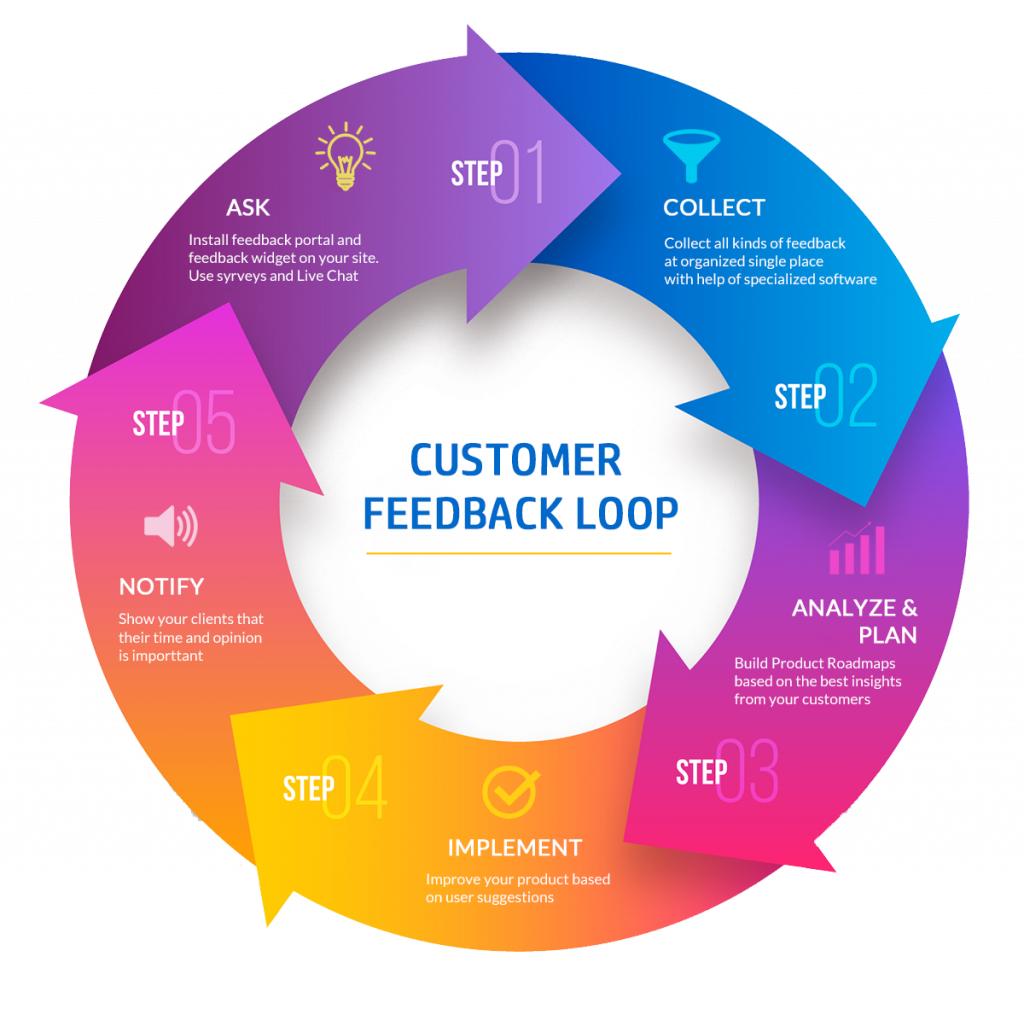
In today’s rapidly evolving technological landscape, customer feedback serves as a critical compass for businesses striving to enhance their products and services. By actively listening to and analyzing customer feedback, companies gain valuable insights into user experiences, pain points, and desires. This feedback loop enables them to iterate and innovate, ultimately resulting in better products and services that meet user needs.
The Power of Customer Feedback
Customer feedback is a goldmine of information for companies seeking to improve their offerings. Whether through surveys, reviews, social media comments, or direct interactions, customers provide valuable data that can catapult businesses to success if harnessed correctly.
1. Identifying Pain Points
When customers voice their frustrations, they unknowingly help businesses identify pain points in their products or services. By recognizing and addressing these pain points, companies can improve their offerings, making them more user-friendly and efficient.
For instance, if an app consistently crashes or has a convoluted user interface, customers readily highlight these issues in their feedback. Armed with this knowledge, developers can optimize the app’s stability and streamline the interface, leading to greater user satisfaction and engagement.
2. Enhancing User Experience
Customer feedback enables businesses to understand their target audience better and tailor their products and services accordingly. By analyzing user behavior and preferences, companies can optimize user experiences, improving engagement and retention rates.
For example, through customer feedback, an e-commerce platform may discover that users frequently abandon their shopping carts due to cumbersome checkout processes. Armed with this insight, the platform can streamline the checkout process, simplifying it with features like one-click payments or guest checkouts. This improvement will enhance the user experience, reducing cart abandonment rates and increasing conversions.
3. Driving Innovation
Listening to customer feedback provides businesses with a window into untapped opportunities for innovation and product development. By actively engaging and soliciting feedback, companies can gather fresh ideas and perspectives that push their offerings beyond their competitors.
Consider a smartphone manufacturer constantly receiving customer feedback requesting longer battery life. This feedback indicates that there is a significant demand for improved battery performance. By focusing their research and development efforts on this aspect, the manufacturer can release a phone with a longer-lasting battery, providing a competitive edge.
Implementing an Effective Feedback Loop
To harness the full potential of customer feedback, companies must establish an efficient feedback loop that actively engages customers and processes their input. Here are some key steps to consider:
1. Transparent Communication Channels
Having clear and accessible channels for customers to provide feedback is crucial. Businesses should provide various options, such as email, chatbots, feedback forms, or social media platforms, to ensure customers can easily express their opinions.
2. Prompt Responses
Responding promptly to customer feedback displays a commitment to addressing their concerns and fosters a sense of trust and loyalty. Acknowledging customers’ input, even if immediate solutions are not available, demonstrates that their opinions are valued.
3. Categorizing and Analyzing Feedback
Companies should establish a systematic process for categorizing and analyzing customer feedback. This can involve using sentiment analysis tools and sentiment-based tagging systems to identify common pain points or emerging trends.
4. Iterative Improvements
Based on the analysis of customer feedback, businesses can prioritize areas for improvement and implement iterative changes to their products or services. Regular software updates, enhanced features, or streamlined processes are examples of iterative improvements driven by customer feedback.
5. Closing the Feedback Loop
A vital step is closing the feedback loop with customers. Whether directly responding to individual feedback or communicating broader changes implemented in response to customer input, companies should ensure customers know their voices are heard and valued.
Conclusion
Customer feedback plays an integral role in shaping the success of businesses operating in the tech niche. By actively listening to, analyzing, and acting upon customer feedback, companies have the opportunity to identify pain points, enhance user experiences, and drive innovation. Establishing an efficient feedback loop, complete with transparent communication channels and prompt responses, is key to leveraging customer feedback for continuous improvement and staying ahead in the competitive tech industry.

